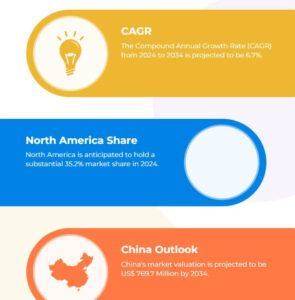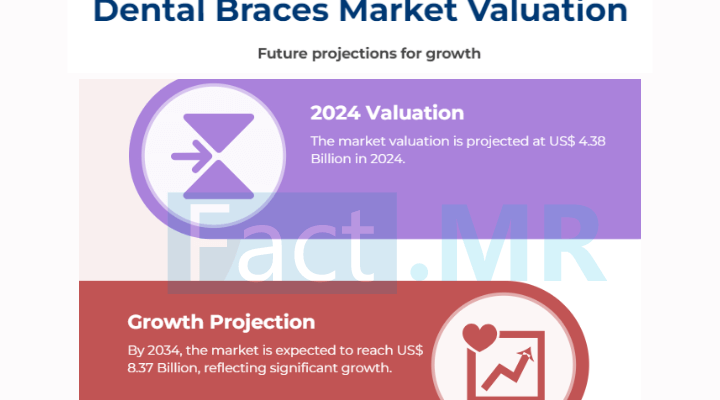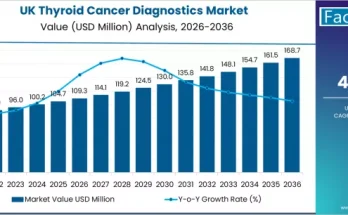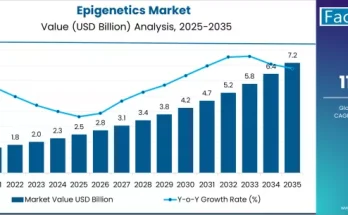Introduction
Braces are the commonly known name in orthodontic dentistry for devices used to correct tooth alignment, improve dental health, and enhance cosmetic smiles. They apply constant pressure on the teeth over a period to gradually move them into the desired place. Braces do not come with aesthetic ends; they serve a very important corrective purpose in the form of curing bad bites, overcrowding, and improper jaw alignment. The market has witnessed transitions from traditional metallic braces to clear aligners, and there are several variants for functional and cosmetic needs. The demand for braces continues to rise due to greater awareness of dental health, and thus this market becomes interesting to explore.
Key Trends in the Dental Braces Industry
Some of the other growing markets, besides cosmetic dentistry, are dental braces, inventive ideas launched continuously, and changes in consumer behavior.
- The Rise of Clear Aligners: Clear aligners, such as Invisalign, changed the face and name of braces. These almost invisible, removable braces are fast becoming a favorite among adults and teens who would rather go for a more discreet option. As a result of their growing popularity, this is one driver of significant growth in the market.
- Increase in Adoption of Digital Orthodontics: Technology is changing faces in the industry. Digital scanning, 3D printing, and AI make for more efficient and effective brace fitting, measurement, and generally working. This trend will ease the work of orthodontists in improving patients’ experiences and quickening the process.
- Personalization: Customization is the new order of the day. From custom-fitted braces that did not irritate their mouths to custom-designed treatment plans, consumers were demanding answers that would work just for them. Brands offering personalized treatment options tended to see greater success.
- Increasing demand in emerging markets: Demand for braces is on the rise with rising awareness about oral health and high disposable income in countries belonging to the Asia-Pacific and Latin America. This factor will be driven by the budding middle-class population across these regions.
- 3M’s Innovation in Metal Braces: In the dental products market, the giant continues to innovate with traditional braces. They came up with a merger of traditional braces efficiency and clear aligners aesthetics, called 3M Clarity Aligners. 3M uses advanced material even in their metal braces to reduce discomfort and treatment time. With their effort to bridge the gap between old and new technologies, they are trying to stay in the evolving market.
According to our research based estimations, we expect the global sales of dental braces to rise at a 6.7% CAGR to reach over US$ 8.37 billion valuation by 2034. Our comprehensive analysis of the Dental Braces industry covers all the important aspects of business & demand competition.
Untapped Opportunities in the Dental Braces Market
- Expansion in Tele orthodontics: The invention of telehealth opens the window for Tele orthodontics. It will allow patients to get consulted and receive treatment plans remotely. This model is especially in demand in rural or underserved areas where access to orthodontic care is limited.
- Increasing Interest in Adult Orthodontics: Braces are no longer just a transitional stage for teenagers. The customer base is booming as more and more adults get braces either for problems that were never resolved during their childhood or to fix imperfections later in life. This shift in demographics opens a great window for expansion.
- Smarter Orthodontics through AI and Machine Learning: AI is making orthodontics smarter. Predictive analytics, together with AI-driven treatment planning, can foresee patient outcomes more succinctly and help the orthodontist create better ways to improve results. As AI technology continues to evolve, its adoption within orthodontics will likely underpin the next wave of innovation.
- Sustainability in Orthodontics: Companies offering orthodontic braces and aligners that are more eco-friendly example, using less plastic or even producing more sustainable manufacturing lines surely attract the attention of an increasingly environmentally conscious consumer.
No doubts exist that the braces market is a growing one; however, it also comes with its own set of problems. To stay ahead, companies need to navigate through a complex web of issues.
Challenges for the Manufacturers in the Dental Braces Industry
- High Cost and Inadequate Insurance: Braces are very costly, and most of the time, insurance does not cover all the treatment costs. The inability to afford is one of the main factors that keeps potential patients away, especially in low-income regions.
- Competition from Do-It-Yourself Orthodontics: This has created new competition with the orthodontics companies that give at-home aligner kits. These direct-to-consumer orthodontics promise convenience and lower costs but also raise quality and safety questions, too, which ultimately affect consumers’ perceptions of the product.

Dental Braces Market Analysis - Regulatory Hurdles: New product launches are slower due to strict regulations in place, and in some cases, requiring approval from bodies such as the FDA. Increasing the cost of compliance and time-consuming approval processes further complicate matters for companies.
- Patient Compliance: Especially with removable aligners, patient compliance is considered a major factor. Poor compliance-that is, not wearing the appliances properly leads to the prolongation of treatment or even failure, hence affecting overall satisfaction rates.
Competitive Landscape: Key Players and Strategies for Fulfilling the Dental Braces Demand
The dental braces market is fiercely competitive, with several players competing to emerge at the top. Some of the key companies in the market are Align Technology (Invisalign), Dentsply Sirona, Ormco Corporation, 3M Company, and Henry Schein, Inc. American Orthodontics, G&H Orthodontics. Each of these companies is adopting different strategies to hold the upper hand in heavy R&D investments to form strategic partnerships.
Conclusion
The dental braces market is looking exciting from a technological innovation point of view, while changes in consumer needs and globalization are other factors contributing to its growth. While high costs and patient compliance remain significant challenges, the rise of digital orthodontics and personalized treatment solutions implies that the opportunities will be abundant. For those companies able and willing to innovate and adapt, the future seems promising.
Besides their continuous evolution from traditional metal brackets to invisible aligners-braces continues to move the market toward. Whether an investor, a dental professional, or one weighing options for braces, it would be an industry to which one would want to pay attention.



